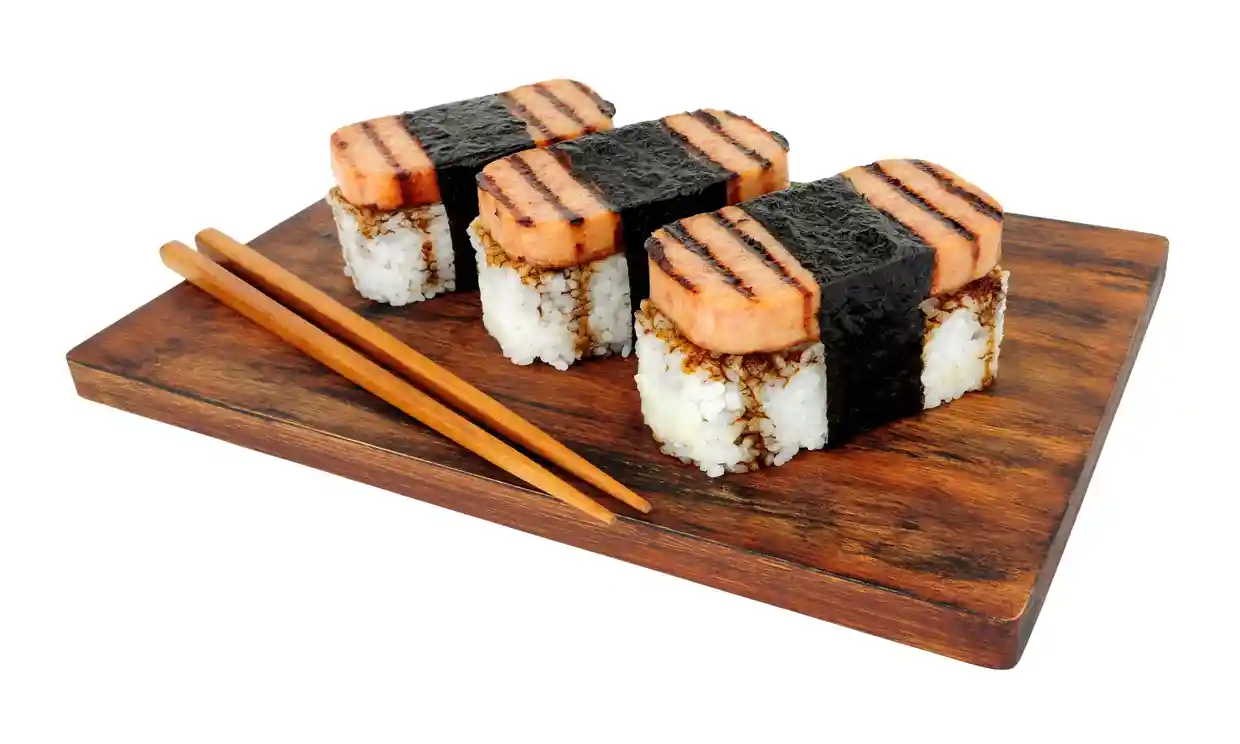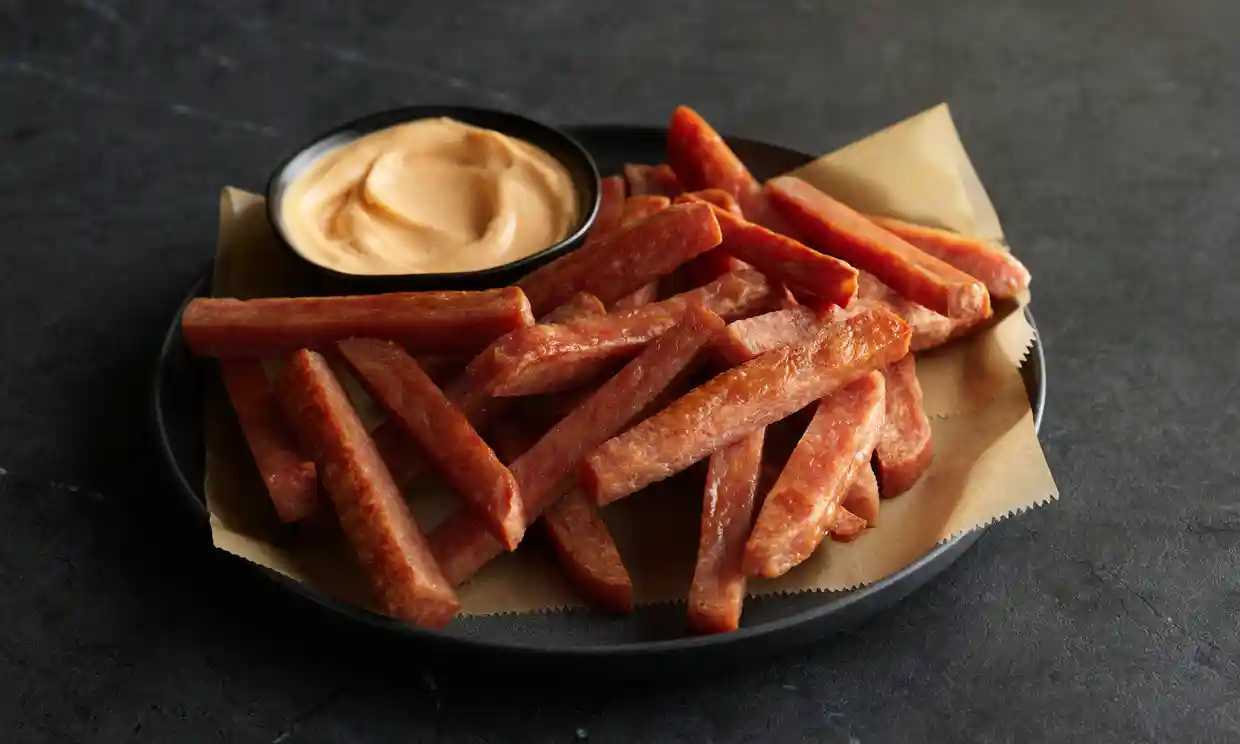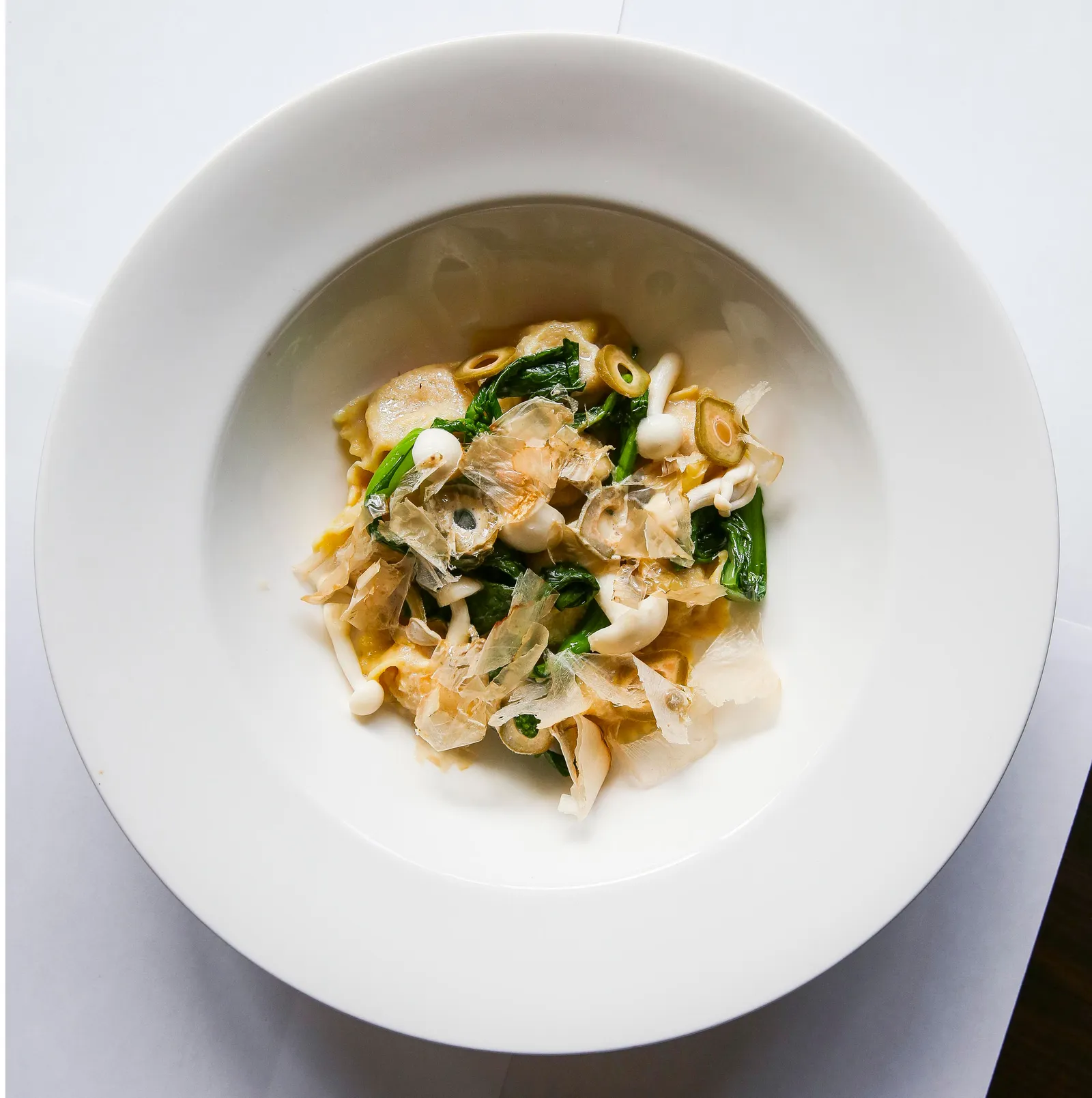Spam - yes spam
- rosemary
- Apr 10, 2023
- 7 min read
"the ham that failed its physical" American troops WW2

The human animal is a creative soul is it not? Also very adaptive. It can make beauty from rubbish and tasty food from the unwanted detritus of the food world. Spam perhaps is the supreme example - born out of the poverty of the depression and a despised piece of meat, to Heston Blumenthal and truffles. That's been my journey today.
Recently I have noticed the odd reference to Spam, most usually in a South-East Asian context, so I began to wonder whether it was a trend. I have actually been pondering on doing something on Spam for some time now - every time I pass the shelf that contains it in the supermarket. Do people still eat Spam I ask myself? Surely Spam was something created in wartime out of unnamed bits of meat, when real meat was not available. During my investigations today I see everyone go on about school dinners of spam fritters - more later - but honest I don't remember them at school. I do remember eating spam at home though - mostly I think it was just eaten as it was straight out of the tin with salad. I ate it but it wasn't a favourite. I preferred corned beef. I think they still have that as well, but I don't think it's quite as trendy. Why I wonder? I shall look into it some time.

But back to Spam. This is Jay C. Hormel the inventor of Spam and son of the founder of the Hormel Foods Corporation of Austin Texas, where they still have an annual Spam festival. It was invented in 1937 as a way to use up pork shoulder - an unloved meat of the time (oh how times change) of which Hormel Foods Corporation had a surplus. Ham was added with salt and spices and hey presto SPAM. The name is either derived from 'Spiced ham' or 'Shoulder of Pork and Ham'.

And whilst we are still on names - its other use for all those rubbish emails you get - allegedly comes from a Monty Python sketch in which the word spam was repeated over and over again in the context of it being rubbish, and yet loved by aggressors - in this case Vikings. The sketch does not seem to be available on its own, but you can see it in a short video on the origins of the word spam in the digital world context by Inside Business. I didn't remember the sketch although I probably saw it, and I confess that I thought that this usage was derived from the fact that Spam the product is basically rubbish that is bad for you. To be avoided at all costs. And it seems I'm not alone in thinking that:
"the electronic counterpart was given its name for this very reason – people don't like it." Lizzie Enfield/The Guardian
It's also very similar to 'scam'.
Back to history though. Spam's defining moment was WW2 when it basically fed American troops and was distributed to the people in occupied areas of the South Pacific. Even Russia it seems. Kruschev is famous for writing in his autobiography: “Without Spam, we wouldn't have been able to feed our army”. And that American generosity - well sort of - has left its mark on the entire Asian/Pacific area, where spam has become an essential ingredient in many popular dishes. The people of the island of Guam - a huge American military base and still a territory of the United States are the world's largest consumers of Spam apparently followed closely by Hawaii, the Philippines, Korea, Hong Kong and Japan, which is not to say it is not consumed elsewhere as well. The British have gone off it a bit since the black days of school dinners although even there people are experimenting - but via the South-East Asian route.
So what do the South-East Asians, Pacific Islanders do with it? Well there seem to be a few stand-out everyday things which other nations are beginning to pick up on and the most common one - on Google Images anyway - is Musubi - three examples of which are shown below. In a way it's a giant sushi and therefore Japanese, and yes it is based on earlier versions of Japanese musubi, but actually the origins of Spam musubi lie in Hawaii where it is very, very common. Fundamentally it's a slice of Spam, on a block of flavoured sushi rice, wrapped in nori seaweed. Three versions are shown below - with varying degrees of sophisticated presentation as you can see - the poshest looking one in the middle is from a British chef called Ben Ebrell:
The Hawaiians adore Spam - they have a Spam festival too and a National Day. J. Kenji López-Alt of Serious Eats says:
"the distinctive schlllloooooop sound they make as they slide out of their cheery blue cans. That noise is more powerful than a mating call for certain Hawaiians I know."

Then there is the Korean dish Budae jjigae, which is a kind of stew and not the common way of dealing with Spam, which is fried in one way or another. Rosheen Kaul, co-author of the book Chineseish and who wrote an article on Spam in The Guardian says:
"Simmered, it becomes exceedingly tender and absorbs the flavour of the broth, making it an ideal ingredient in a decadent, spicy stew."
Why not I guess? After all if you can make very tasty stews with all kinds of European sausages, why not do it with tinned Spam? Don't add any extra salt though.

The Filipinos go for the fried approach in a dish called Spamsilog:
"a term that has been coined from the Filipino breakfast staple Sinangag (garlic fried rice) and itlog (egg)
And yes, it's breakfast in the Philippines.

And still in the Philippines, Rosheen Kaul, offers up her Spam sisig, which is a Spam based version of a traditional dish that is:
"made from pork jowl and ears, pork belly, and chicken liver which is usually seasoned with calamansi, onions, and chili peppers." Wikipedia
In this case you might think that Spam is a rather more enticing ingredient than the original components. Indeed Rosheen Kaul adds that:
"Spam is most delicious when simply fried in a pan – salty, soft in the middle, with crispy golden edges. It’s the perfect textural contrast. When diced and stir-fried into rice or eggs, it gives glorious bursts of porky flavour."

In Hong Kong, they do it in soup with macaroni or noodles for breakfast and lunch and I have to say that this is the most unappetising looking way with Spam I have seen. There are lots of other versions on the web. This one is called Hong Kong-style Spam and egg macaroni soup and is another one from Rosheen Kaul. Well she explains:
"I’m part of the Asian diaspora and for me, this very American product tastes like home."
I confess I do find it interesting that the Asians should have taken to it so readily, whilst the rest of us have had to wait for them to make it a cult before we have had a go ourselves. Oliver Thring of The Guardian has a theory as to why:
"something in the porky saltiness, and a familiarity with slimy, rubbery textures, has nonetheless made Spam successful in the east."
Which possibly, more than anything, shows a mild distaste for Asian food.
I found lots of examples from the western cooks and chefs who are beginning to wake up to the possibilities of Spam. Here are some of them from the tempting to the repulsive. I have only linked to a couple of them: Spam, potato and green chilli fritters (Rosheen Kaul again and which, I have to say do look rather yummy) and Spam french fries with cheesy kimchi dipping sauce from Judy Joo. The others are called: Spam agnolotti - the agnolotti are filled with a Spam mixture; Spam bành mì - and there are countless other sandwiches, burgers, and so on; and two utterly revolting looking examples - the first from the Philippines although from Pizza Hut - a Spam pizza, and also an unbelievable actual Spam special edition can of Spam figgy pudding.
And if that is not enough the very serious J. Kenji López-Alt of Serious Eats suggests 12+ things to do with spam although at times, I have to say, he may be writing with tongue firmly in cheek. However, I think perhaps the best summing up of the whole phenomenon comes from Michelin starred chef Shaun Hill who says: "Worth eating but not worth buying".

But I simply can't leave without offering you this video from Heston Blumenthal who concocts his version of a school dinner of fried spam with lumpy mashed potatoes and lumpy gravy. Prior to concocting this dish he dipped into an old Spam Cookbook from Marguerite Patten - remember her? - and made his version of a Spam stuffed eggplant dish in a London market. When he tried this on passers-by and stalll holders, the most common response was "Very nice but I can't taste the spam". Which he thought missed the point of making Spam the star. Hence his 'Posh spam fritter'. He makes his own Spam of course - with truffles no less. Anyway have a look:
On a website called Salute the Pig, the anonymous writer describes it as:
"the tastes and smells and memories of a school dinner, filtered and altered through the prism of his madness, his attempt to surprise jaded 21st century palates by re(de-)constructing a sort of Back-To-The-Future meal summoning up forgotten flavours, textures and taste sensations."
Perhaps you have to be mad to deal with Spam. Although that could be interpreted as a racist statement in the light of the fact that it is mostly non-westerners who love this very western product. I can assure you it is not racist. Simply a recognition that some Asian food just does not appeal. And neither does some French food either - andouilles for example. Or British for that matter - Tripe and Onions anyone?
Vive la différence. And there is no doubt that SPAM absolutely did save a lot of lives during WW2 and possibly continues to do so. So don't delete it like you do spam emails.
















Comments